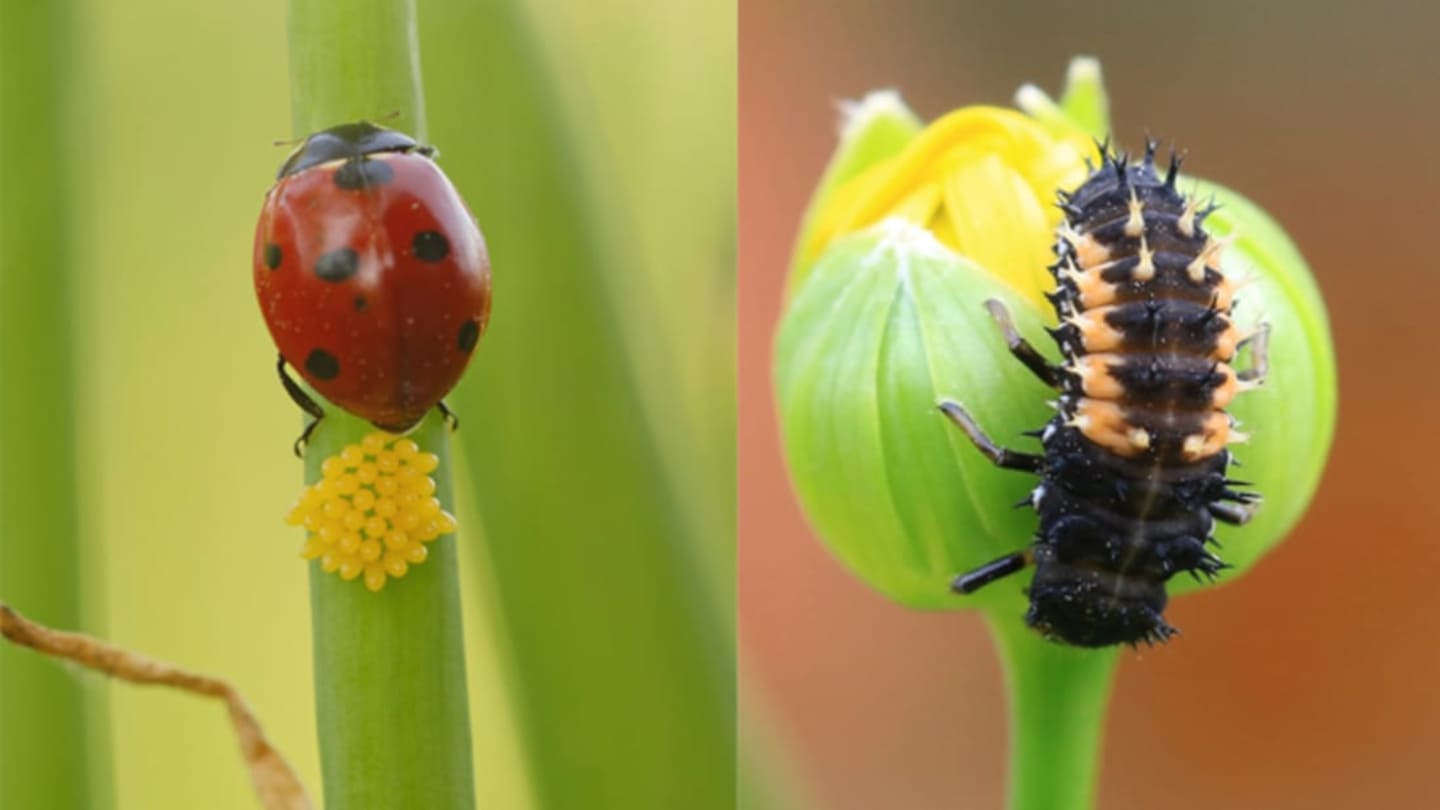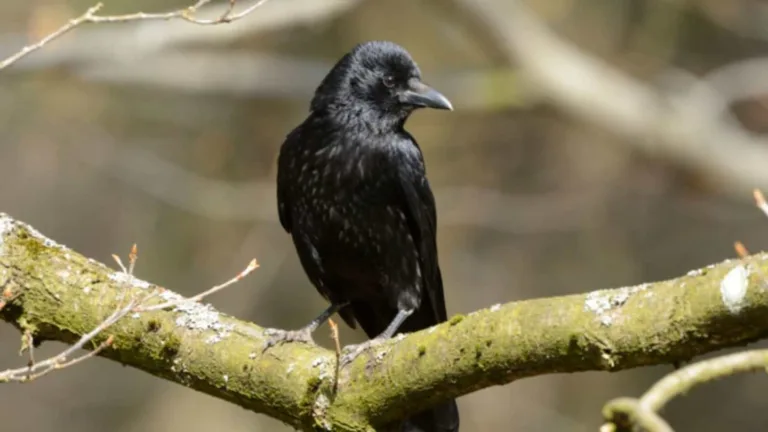Metamorphosis is a truly fascinating phenomenon that showcases nature’s incredible ability to change and adapt. It’s the process by which living organisms undergo remarkable physical transformations throughout Their Life Cycle. From tiny insects to large mammals, countless creatures exhibit this awe-inspiring journey of change.
Think about the humble butterfly, emerging from its chrysalis as a Magnificent Winged Creature. Or the tadpole, transforming into a frog with legs and lungs, ready to take on a terrestrial life. These are just two examples of the diverse array of Transformation Animals found across the animal kingdom.
This article delves into the world of metamorphosis, exploring how different species undergo these Incredible Shifts. We’ll uncover the science behind these transformations, from hormonal changes to environmental cues, and examine the evolutionary significance of this remarkable phenomenon. Get ready to be amazed by the wonders of animals that transform!
The Wonders of Metamorphosis
Metamorphosis isn’T Just About Physical Changes; it’s a complete overhaul of an organism’S Life, often involving dramatic shifts in its habitat, diet, and behavior. A caterpillar munching on leaves transforms into a beautiful butterfly sipping nectar From Flowers – a remarkable change that reflects the adaptability of nature. This transformation allows animals to exploit different ecological niches throughout their lives, maximizing their chances of survival and reproduction.
The triggers for metamorphosis are often complex, involving a delicate interplay of hormones, Environmental Cues, and internal signals. For instance, the increasing daylight hours in spring signal hormonal changes in frogs, prompting them to emerge from hibernation and begin their transformation into adults Ready To Breed. Similarly, the availability of food resources can influence the timing of things that transform, ensuring they have ample sustenance for their growth and development during crucial stages.
 Squirrel Migration: 1968 Great Squirrel Exodus Explained
Squirrel Migration: 1968 Great Squirrel Exodus ExplainedIt’s this intricate dance between internal programming and external stimuli that makes metamorphosis such a captivating phenomenon. It highlights the incredible complexity and beauty of the natural world, constantly adapting and evolving to thrive in a changing environment.
Complete vs. Partial Transformations
Not all transformations are created equal. The world of metamorphosis offers a Fascinating Spectrum, ranging from complete overhauls to subtle shifts in appearance and behavior. Some creatures undergo what we call “Complete Metamorphosis,” where their life cycle involves distinct larval, pupal, and adult stages. Butterflies, moths, and beetles exemplify this transformation – the caterpillar stage is vastly different From Its Winged Adult Form.
On the other hand, Some Animals Experience “Partial Metamorphosis.” In these cases, the changes are more gradual and Less Dramatic. Grasshoppers, for instance, undergo a process called hemimetabolism where they shed their skin several times As Nymphs, gradually developing wings and reproductive organs until they resemble smaller versions of Their Adult Selves. Dragonflies also exhibit Partial Metamorphosis, transitioning from aquatic nymphs with gills to winged adults capable of flight.
This diversity in metamorphic processes highlights the adaptability of nature. Whether it’s a dramatic transformation like that of a caterpillar into a butterfly or a more gradual shift like a grasshopper nymph becoming an adult, each form of metamorphosis perfectly suits the organism’s survival and reproductive strategy in its Particular Environment.
Animal Metamorphosis Across Kingdoms
The realm of metamorphosis extends far beyond the familiar world of insects and amphibians. While we often associate this transformative process with animal life, it’s also present in various other kingdoms, showcasing the incredible diversity of life on Earth. Certain species of fungi undergo dramatic Changes As They Mature, transforming from microscopic spores into large fruiting bodies that release new spores into the environment.
Even plants exhibit forms of metamorphosis, albeit less pronounced than their animal counterparts. Trees shed their leaves annually, undergoing a transformation that allows them to conserve energy during winter months. Some flowering plants undergo a remarkable shift in appearance when they bloom, revealing colorful petals and intricate structures Designed To Attract Pollinators. This cycle of growth, dormancy, and renewal reflects the continuous adaptation and resilience of life in all Its Forms.
From the vibrant hues of blooming flowers to the majestic transformation of animals that transform across different kingdoms, metamorphosis serves as a testament to the constant evolution and adaptability of life on our planet. It’s a reminder that change is not only inevitable but also a driving force behind the incredible diversity and beauty we witness in the Natural World.
Adaptations and Evolutionary Significance
Metamorphosis isn’t just a visually stunning spectacle; it plays a crucial role in the survival and evolutionary success of Countless Species. These remarkable transformations often equip animals with specialized adaptations for different life stages, allowing them to exploit diverse resources and habitats. The larval stage of a butterfly, for example, is perfectly adapted for feeding and growing, while the winged adult form allows it to disperse widely and find mates.
This separation of functions throughout the life cycle reduces competition between individuals at different developmental stages within the Same Species. It also minimizes the risk of predation by allowing animals to exploit various niches and avoid being targeted by predators that specialize in a particular stage of development. These evolutionary advantages have driven the diversification and success of countless transformation animals across the globe, demonstrating the powerful impact of metamorphosis on shaping life on Earth.
From the intricate camouflage patterns of caterpillars to the vibrant colors and flight capabilities of adult butterflies, Metamorphosis Showcases Nature’s ingenuity in crafting adaptations that enhance survival and reproductive success. It’s a testament to the ongoing process of evolution and the remarkable ability of life to adapt and thrive in ever-Changing Environments.
Seasonal Shifts in the Animal World
While many transformations are dramatic and permanent, some animals undergo cyclical changes tied to the rhythm of seasons. Seasonal shifts in daylight hours, temperature, and food availability trigger hormonal fluctuations that drive these remarkable adaptations.
Mammals like bears hibernate during winter’s Harsh Conditions, entering a state of reduced metabolic Activity To Conserve Energy. Come spring, They Emerge Revitalized, ready to breed and raise their young. Deer, too, exhibit seasonal changes with the growth and shedding of antlers, driven by fluctuating testosterone levels. These magnificent structures are used for display and competition during mating season but shed in winter when resources are scarce.
These cyclical transformations highlight the intimate connection between animals and their environment. They showcase nature’s adaptability and demonstrate how creatures have evolved to thrive within the ever-changing tapestry of seasons, ensuring their survival through periods of abundance and scarcity.










